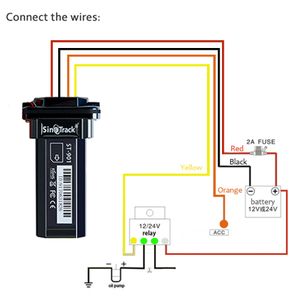
Battery Usage: Screen on time and mAh used Screen off time and mAh used Per-app usage in mAh Deep Sleep time, including the percentage of screen off time.The page is separated into various subsections, where you’ll find specific info like this: Its “Discharging” page is chock-full of great info when it comes to breaking down where your battery life is being spent. Like I said, it’s a lot of information in a very compact package.īut AccuBattery’s usefulness doesn’t end with a simple widget. The latter also includes the percentage of battery use per hour.
#ANDROID BATTERY TRACKER HOW TO#
RELATED: How to Monitor Your Android Device's Battery HealthĪccuBattery offers quick, detailed information about your battery in a handy notification that includes current time left (estimated, of course), discharge rate, and how much battery is consumed (in mAh) with the screen off and on.

That’s where a slightly more scientific approach comes into play, and a third party app called AccuBattery does the trick better than most others. While Android does its best to estimate how much battery you have remaining, this number can vary wildly depending on what you’re doing. The only thing worth noting here is that it doesn’t always stay active and up to date, so sometimes you need to cycle through the various states by tapping the widget and forcing it to update.Īnticipate Remaining Time and Find Trouble-Causing Apps with AccuBattery I always drop it on one of my home screen pages for a quick look at what’s going on-you know, just in case. To keep an eye on what’s going on with CPU Frequencies, I highly recommend using its widget. It’s the stuff bouncing around beneath it that you’ll want to take a closer look at. The top app is always System Monitor itself, because it’s the foreground app. One swipe to the right of the CPU Frequencies tab is the “Top Apps” view, which shows you what apps are most active in real time. The good news is that System Monitor can kind of help with that, too (though there are better apps for the job, and we’ll discuss them later). If you haven’t been using your phone and the top process isn’t “Deep Sleep,” then something is going on in the background and you’ll need to figure out what it is. The point is this: knowing what the processor is doing in the background can give you a lot of insight into what’s going on with your battery.


But if you’ve been playing a game for the last hour, the top state may be something like 1.5GHz, because it’s more taxing on the processor. Now, with that out of the way, let’s dig in to how to really get a better idea of what’s going on with your battery, and what you can do about it when something goes wrong.įor example, if your phone has been lying on your desk for four hours with very little use, you want the top CPU state to be “Deep Sleep,” which means everything is working like it should be-there are no apps keeping the processor alive and draining the battery. And no one should ever use a task killer on Android. That’s really a terrible idea, because these apps are effectively just glorified task killers. Basically, they operate under the old-school thinking that background apps are chewing through your battery, so they just kill them. We’ve all seen those awful “optimization” apps that promise to improve battery life, but you should stay far away from those. RELATED: Why You Shouldn't Use a Task Killer On Androidīefore we get into the details, though, let’s talk about one thing you shouldn’t do to your battery. Android battery life and the tools for monitoring usage have gotten better over the last few years, but the stock options are still sometimes not enough. But there are ways to gauge your battery usage, remaining time, and even hunt down apps that steal your precious juice.


 0 kommentar(er)
0 kommentar(er)
